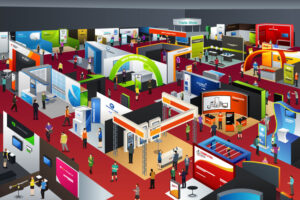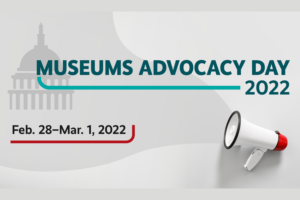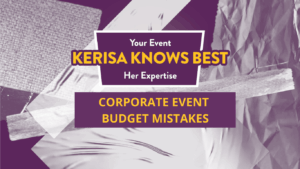Google “courses in persuasion,” and you will find a wide variety of online courses, college class descriptions, as well as law school electives centered around influence and persuasion. Persuasion is causing someone to do something through reasoning or argument, to believe something, especially after a sustained effort, or to be convinced of something.
In reviewing the course descriptions, understanding and improving persuasion skills is often presented in the context of strategy, leadership, or negotiation techniques. While we may not use the specific term, persuasion is a critical skill for sales and marketing teams. Effective persuasion begins with an understanding of your audience and what their motivations are. Are they likely to be moved by scarcity or authority? Persuasion is about crafting compelling messages that resonate with your audience.
Often, however, marketers and salespeople can get caught up in sharing a litany of facts about their brand that does little to convince consumers to try it. This can be especially true in face-to-face and event marketing.
In-person events, experiences, and meeting spaces are essential elements of an integrated marketing campaign. They are integral to a strategy to attract new customers, to retain and grow existing clients, and to recognize important partners. When done well, the ROI eclipses other investments.
Face-to-face events are powerful for several reasons:
- Self-selected – The audience has invested time and money to attend the trade show or networking event. While they may not be “shopping,” their attendance signals an interest in the topic or industry.
- Tailored conversations – Conversations in the trade show booth are personalized to each visitor’s unique situation.
- Real qualification – The conversation provides real intel, beyond a badge scan, as to where the attendee is in their consideration process.
- Relationship – Those few minutes spent in conversation with an attendee can be the start of a real relationship that can be nurtured through follow-up and further dialog.
All too often, sales and marketing teams jump to recite a list of product features or company facts. It is as if they think, “If I say enough things, eventually I will hit on the right one, and they will stop me when they are ready to buy.”
When we communicate, especially in a business setting, it is not because we want someone to know something. We communicate because we want them to do something. We are trying to persuade them to do that something. Maybe we want them to request a demonstration of our new product. Maybe we want them to sponsor our event or make a larger donation. Maybe we want them to send their team to visit our briefing center. Maybe we want them to increase their order or switch suppliers.
Persuasion in a marketing and sales context is about understanding human behavior and what will motivate your audience. It is about being clear on our objectives and what we want our audience to do. We then work backward. What do they need to feel to do that thing? And finally, what do they need to know in order to feel that way?
The next time you are planning an in-person experience, whether at a trade show or an event at your headquarters, avoid the temptation to throw facts and information about your company or product at your audience. Start with the end in mind. What do you want your audience to do? How can you persuade them to take that action? And then focus on how your messages, visuals, and the entire sensory experience support that goal.
To learn how you can harness the power of persuasion and message-driven communication, whether on or off the trade show floor, follow along with our blogs or connect with us. We’re always happy to help build your story.

Ellen Campbell-Kaminski
Ellen serves as the President and Chief Operating Officer at Exhibit Concepts. She oversees day-to-day operations and guides the company’s sales, creative, and production departments. She serves on the faculty at the University of Dayton and on the Board of Trustees for the Dayton Area Chamber of Commerce and the Board of Directors for Women in Exhibitions.









